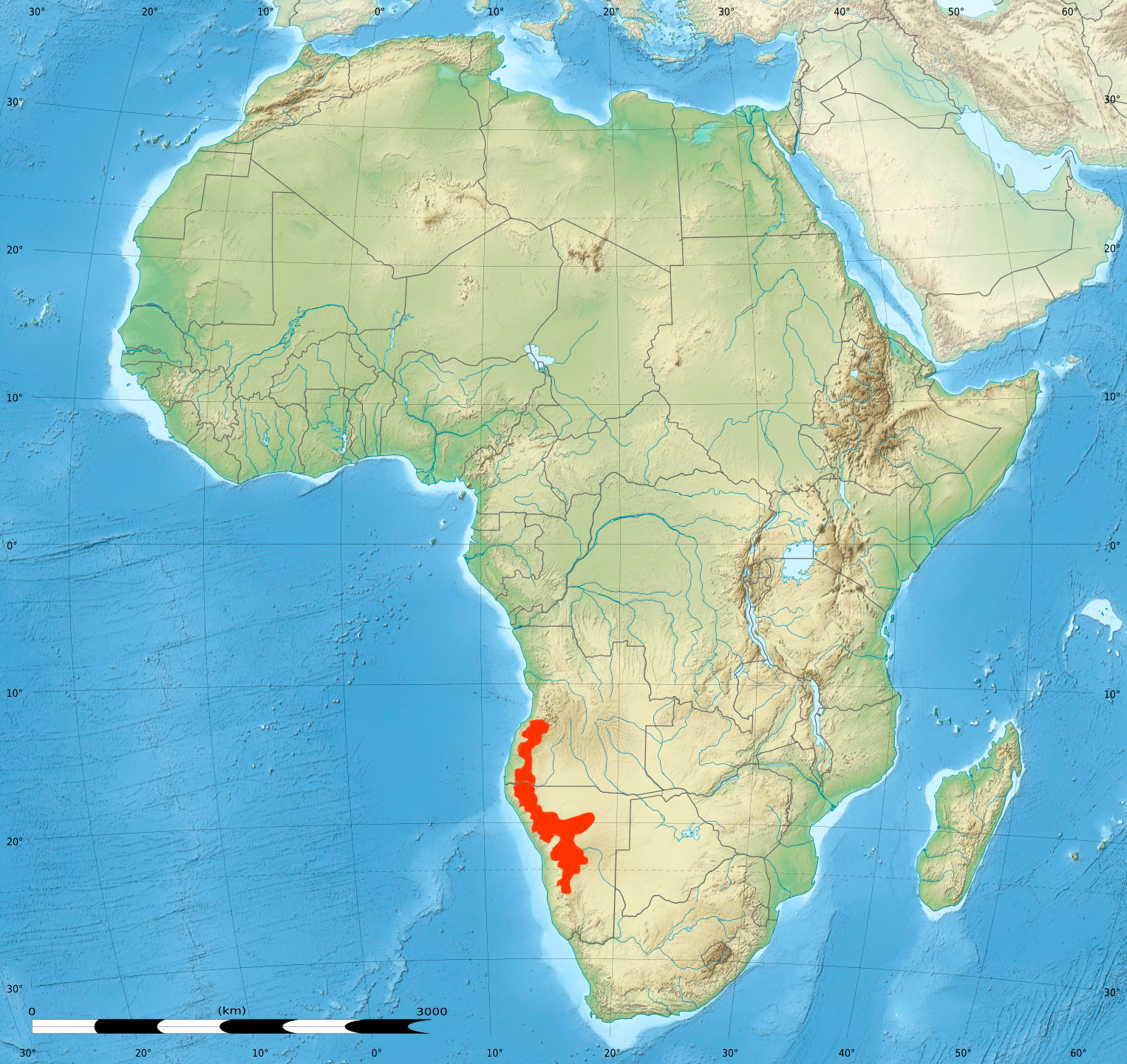Python Anchietae on:
[Wikipedia]
[Google]
[Amazon]
''Python anchietae'' (with common names Angolan python and Anchieta's dwarf python)Mehrtens JM (1987). ''Living Snakes of the World in Color''. New York: Sterling Publishers. 480 pp. . is a

python
Python may refer to:
Snakes
* Pythonidae, a family of nonvenomous snakes found in Africa, Asia, and Australia
** ''Python'' (genus), a genus of Pythonidae found in Africa and Asia
* Python (mythology), a mythical serpent
Computing
* Python (pro ...
species
In biology, a species is the basic unit of classification and a taxonomic rank of an organism, as well as a unit of biodiversity. A species is often defined as the largest group of organisms in which any two individuals of the appropriate s ...
endemic
Endemism is the state of a species being found in a single defined geographic location, such as an island, state, nation, country or other defined zone; organisms that are indigenous to a place are not endemic to it if they are also found elsew ...
to southern Africa
Southern Africa is the southernmost subregion of the African continent, south of the Congo and Tanzania. The physical location is the large part of Africa to the south of the extensive Congo River basin. Southern Africa is home to a number of ...
. According to Donald George Broadley
Donald George Broadley (1932–2016) was an African herpetologist. He described as new to science 115 species and subspecies, and 8 genera and subgenera of reptiles. He was one of the founders of the Herpetological Association of Africa (initial ...
(1990), this species is most closely related to the ball python
The ball python (''Python regius''), also called the royal python, is a python species native to West and Central Africa, where it lives in grasslands, shrublands and open forests. This nonvenomous constrictor is the smallest of the African p ...
(''P. regius'') of western Africa, and no subspecies
In biological classification, subspecies is a rank below species, used for populations that live in different areas and vary in size, shape, or other physical characteristics (morphology), but that can successfully interbreed. Not all species ...
are currently recognized. It is named after the Portuguese naturalist and explorer José Alberto de Oliveira Anchieta
José Alberto de Oliveira Anchieta (variations José d'Anchieta, José Anchieta, José de Anchieta - b. October 9, 1832 in Lisbon, Kingdom of Portugal, d. September 14, 1897 in Caconda, Portuguese Angola) was a 19th-century Portuguese explorer a ...
. Like all other pythons, it is not venomous.
Description
''Python anchietae'' may grow up to 183 cm (6 ft) in total length (including tail). The color pattern is a reddish-brown to brown to almost black ground, overlaid with irregular white or cream-colored bands and spots. The belly is yellowish. A rarespecies
In biology, a species is the basic unit of classification and a taxonomic rank of an organism, as well as a unit of biodiversity. A species is often defined as the largest group of organisms in which any two individuals of the appropriate s ...
seldom seen in the wild or in captivity, it is the only python to have "bead-like" head scales. It has heat sensitive pits, five on each side of the head, on the upper lip. The smooth dorsal scales are arranged in 57-61 rows.

Distribution and habitat
''Python anchietae'' is found inAfrica
Africa is the world's second-largest and second-most populous continent, after Asia in both cases. At about 30.3 million km2 (11.7 million square miles) including adjacent islands, it covers 6% of Earth's total surface area ...
in southern Angola
, national_anthem = " Angola Avante"()
, image_map =
, map_caption =
, capital = Luanda
, religion =
, religion_year = 2020
, religion_ref =
, coordina ...
and northern Namibia
Namibia (, ), officially the Republic of Namibia, is a country in Southern Africa. Its western border is the Atlantic Ocean. It shares land borders with Zambia and Angola to the north, Botswana to the east and South Africa to the south and ea ...
. The type locality given is "Catumbella atumbela near Lobito, Angola. Habitats are rocky outcrops or areas strewn with rocks in open brush or grassland. Diurnal, they shelter in small caves, overhangs and crevices.
Behaviour and biology
''Python anchietae'' exhibits similar temperament to its closest cousin, theball python
The ball python (''Python regius''), also called the royal python, is a python species native to West and Central Africa, where it lives in grasslands, shrublands and open forests. This nonvenomous constrictor is the smallest of the African p ...
. It hisses, but this is mostly bluff. Diet consists of small mammals and birds. ''P. anchietae'' is oviparous
Oviparous animals are animals that lay their eggs, with little or no other embryonic development within the mother. This is the reproductive method of most fish, amphibians, most reptiles, and all pterosaurs, dinosaurs (including birds), and ...
, with small clutches of four to five eggs being produced at a time. It is not known whether the females "incubate" their eggs as is typical for the members of this family. Hatchlings are 43–46 cm (17-18 inches) in length.
Captivity
''Python anchietae'' is rare in captivity due to the long civil war in Angola. Although the war is over, the fields and forests are covered with land mines, and few dare to risk catching them. The specimens that have made it into captivity are highly sought after. They are often compared to their close relative, the Ball Python in terms of temperament and some of their care requirements.References
Further reading
* Bocage JVB (1887). "''Sur un Python nouveau d'Afrique'' ". ''Jornal de sciencias mathematicas physicas e naturaes, Lisboa'' ''12(46): 87–88. (''Python anchietae'', new species). (in French). {{Taxonbar, from=Q542274 anchietae Snakes of Africa Reptiles of Angola Reptiles of Namibia Reptiles described in 1887 Taxa named by José Vicente Barbosa du Bocage